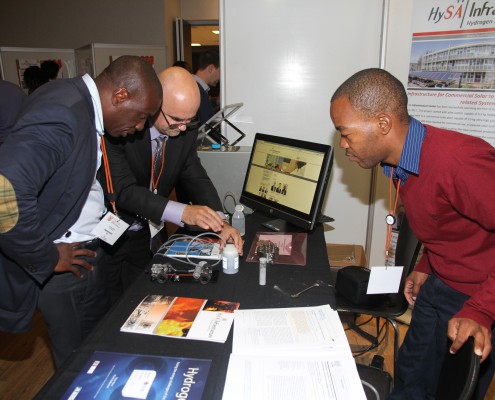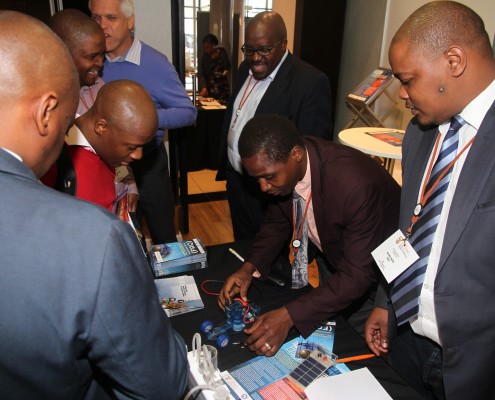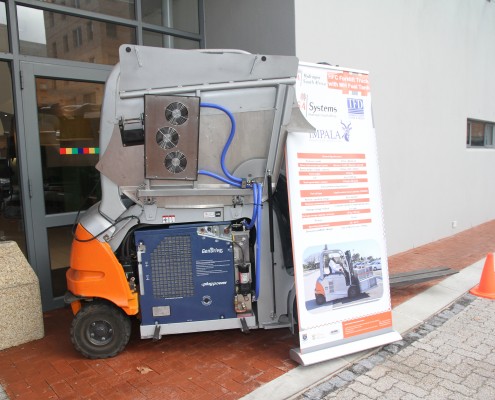The country’s energy challenges have provided us with an opportunity to look differently at the use of hydrogen fuel cell technology (HFCT), says Department of Science and Technology (DST) Director-General Dr Phil Mjwara.
Dr Mjwara was speaking in Cape Town at the first HySA technical meeting. The main purpose of the meeting was to promote technical and commercial interaction between the HySA centres of competence (CoCs) and stakeholders in the HFCT sector, with the aim of strengthening public-private partnerships under the HySA programme.
The DST’s National HFCT Research, Development and Innovation Strategy, being implemented by three HySA centres of competence (CoCs), is aimed at stimulating innovation along the value chain of HFCT in the country. The ultimate goal of the strategy is to facilitate the establishment of a South African HFCT industry that captures a significant share of the global market.
The three CoCs established by the DST are responsible for ensuring that the goal of South Africa supplying 25% of global demand for platinum group metals (PGMs) is met. South Africa has an abundance of PGMs, which are the key catalytic materials used in most fuel cells. With the increasing global demand for PGM products, this offers great potential for socio-economic benefits. The human capital required to grow this sector is also being developed through the CoCs, and will lead to job creation.
The three CoCs are HySA Catalysis, which focuses on catalysts and catalytic devices for fuel cells and hydrogen production, co-hosted by the University of Cape Town and Mintek; HySA Infrastructure, which has its focus on technologies for hydrogen generation/production, storage and distribution, co-hosted by North-West University and the Council for Scientific and Industrial Research; and HySA Systems, which focuses on systems integration and technology validation, hosted by the University of the Western Cape (UWC).
Dr Mjwara welcomed the pace of development of HFCT since the launch of HySA in 2008. He said the development of the 2,5 kW power-generator unit at UWC had been successful. The fuel cell generator provides power for lights at the Cape Flats Nature Reserve.
Another fuel cell project had seen HFCT successfully used as standby power at three schools in Cofimvaba, in the rural Eastern Cape, having a profound effect on learning and the lives of ordinary people.
HySA Catalysis has a commercially ready catalyst which is being currently prepared for the first customers in the telecommunications industry.
HySA Infrastructure is looking into infrastructure requirements for the successful deployment of HFCT.
The Director-General said that in the next two or three years HySA technology would be linked to other government initiatives, like the agri-parks initiative led by the Department of Rural Development and Land Reform (DRDLR), special economic zones led by the Department of Trade and Industry, and other DST-funded initiatives in identified priority districts.
Discussions between the DST and DRDLR will see HFCT being rolled out at about 20 agri-parks. Dr Mjwara said there were also discussions with the Departments of Energy, Basic Education and Health about using fuel cells as standby power in schools and clinics across the country.
Dr Mjwara said locally produced fuel cells would help the organisations that used them to benefit from the government’s carbon tax programme.
Issued by the Department of Science and Technology
For more information contact David Mandaha at David.Mandaha@dst.gov.za or 072 126 8910.




